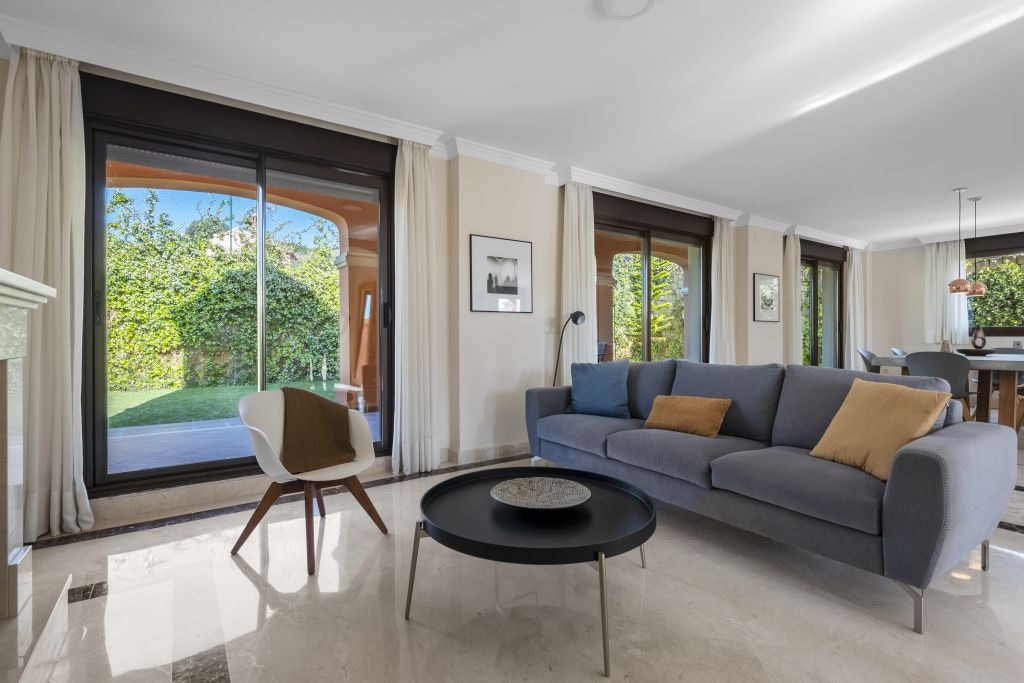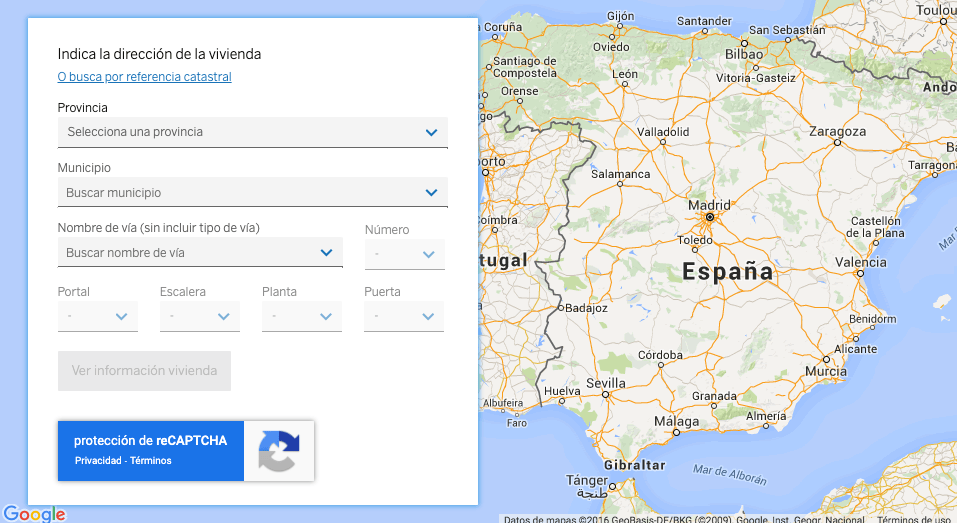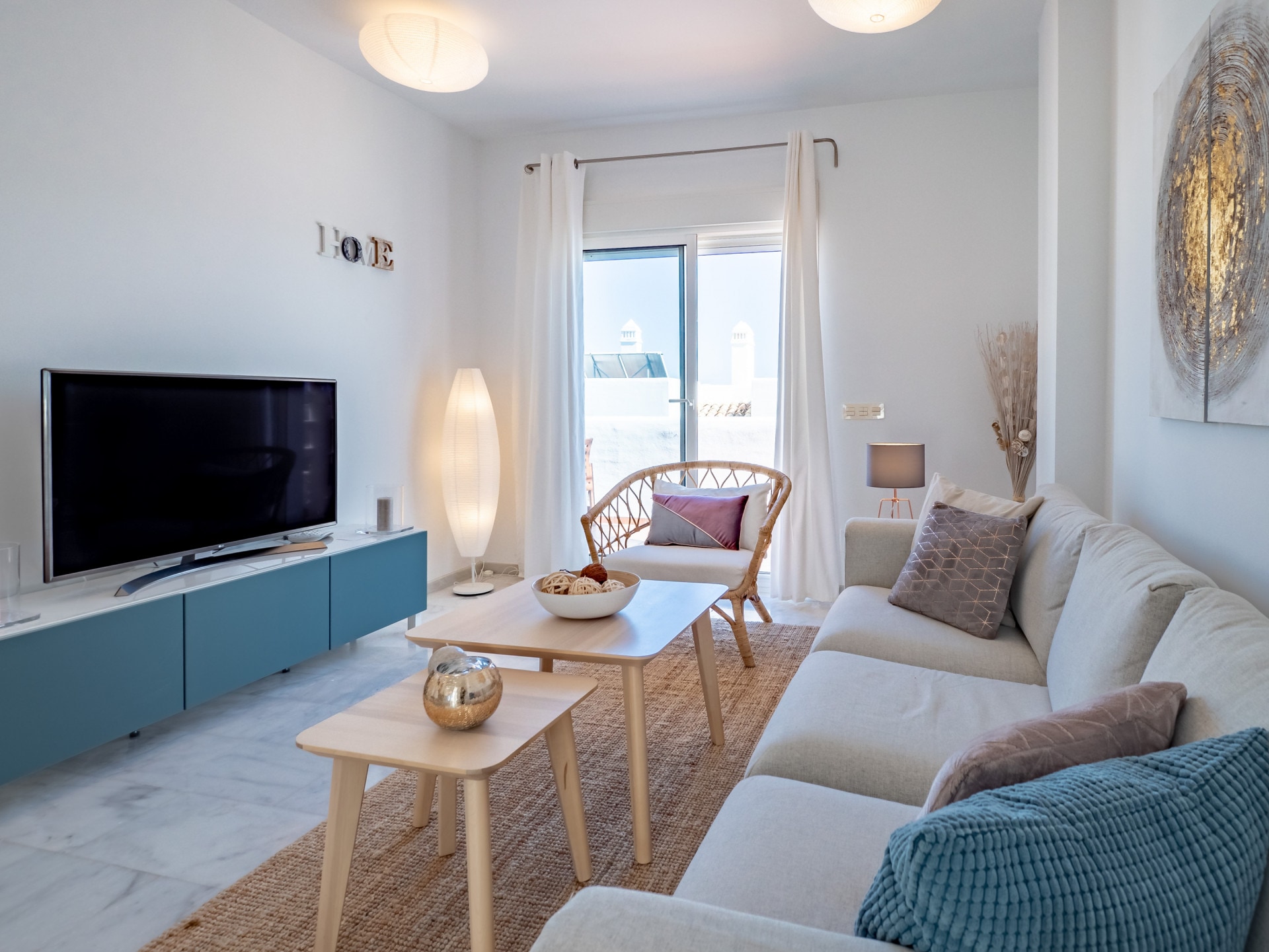When you want to buy or sell a property, you should always do a real estate market analysis. It uses the information from similar properties to calculate the most accurate price. The analysis makes adjustments for each property’s individual features. By making property comparisons, you can learn more about a neighbourhood. It also helps you understand the local housing market. Real estate analysis is a reliable method of finding the value of a property. It should make your real estate search more successful. The real estate market analysis is also known as a comparative market analysis.
Step 1. Individual Property Analysis
You begin a real estate market analysis by studying the property you are selling or hope to purchase. The most important factor is how many bedrooms and bathrooms the property has. You will use them as a guide when selecting comparable homes. Properties with only two bedrooms have a lower value than those with three. Properties with more than four bedrooms usually have the highest value. Fewer bathrooms also gives the property a lower value.
Some rooms have multiple uses. For instance, a home office could have once been a bedroom. Check local building regulations. They should help identify which rooms can be used as bedrooms. Living rooms may be open-plan with an integral kitchen and dining area, or they could be separate. The number of floors is also important.
Include the year the property was built and if it has undergone a major refurbishment. The style of the home can affect the value. Traditional architecture and new designs tend to realise the highest prices. Next, you must note the special features that make the property unique. How many terraces and balconies does the property have? Is there a fireplace? A private garden and swimming pool should add more value compared to those that are communal.
Your real estate analysis must include the size of the property and the plot it occupies. Is it in a gated community? You must record the location and investigate the neighbourhood. Is the district full of well-maintained properties or are they run down? Find out how near the property is to essential amenities such as shops, schools, public transport and the beach. Are there any undesirable features such as an industrial estate? If there is open land nearby, find out how it may be developed as it could affect the property’s value.

Step 2. Property’s Original Price
There are online marketing tools you can use. They usually show the original price of the property. Find out as much information as possible about the property and its history. Perhaps it was custom-built. You might be able to see photographs that show you how it has been improved or extended.
Step 3. Estimated Price of the Property
Some online property tools list estimated values for homes in a neighbourhood. They are not often very accurate. However, they do provide a rough guide on how much your property might be worth. For instance, a three-bedroom villa in Marbella could cost an average of 1.5 to 2 million euros. This is an online tool to estimate a property price from bank BBVA:

Step 4. Search for Comparable Properties
This is where your real estate market analysis becomes very interesting. Take the number of bedrooms and bathrooms of your property as your main guide. Then search online for similar properties within a two to three kilometers radius. They must be of comparable size, have the same features and be in the same neighborhood.
Use online real estate portals to discover how much similar properties actually sold for. These prices are usually lower than the price the vendors originally asked for. The most accurate values should be from the last three months. However, any marked ‘pending’ are the most up to date. Expired prices indicate the property’s value was too expensive. Finally, select approximately five properties as your comparisons.
Step 5. Price Range
Your real estate market analysis now has to work out the price range of your property. First, decide what the ‘ceiling’ price may be by choosing the best of your five chosen properties. It must have superior features or be in a prestigious location.
Second, you must determine the ‘floor’ price. Decide which property is definitely less desirable than your own. You now have the extremes of your price range.
Step 6. Inspecting the Property
Your real estate market analysis now relies on your own judgement. You have to visit the property in person or take a virtual tour. Make a note of the property’s condition and its outstanding features. Does the design of the building seem appealing? How much garden does it have? In Costa del Sol, the terraces and views are always important. Decide how the features might affect the asking price.

Step 7. Calculate the Property’s Market Value
Your real estate research has provided a price range. Your tour of the property should have helped refine the price even further. You must now calculate the average price per square metre of the five comparison properties.
Divide the price of each property by its size. Then add the five results together and divide the total by five. This figure is the average price per square metre.
Multiply this average price by the size of the property you want to buy or sell. The result provides you with a more accurate estimation of the property’s value.
Conclusion
Your own real estate market analysis helps you make a detailed study of properties in Costa del Sol. An alternative strategy is to let S4LES do all the hard work for you. Our professional team has the added advantage of constant real estate analysis in Málaga. By using our expertise and local knowledge, we can help you find a beautiful home with the best value in Costa del Sol.


